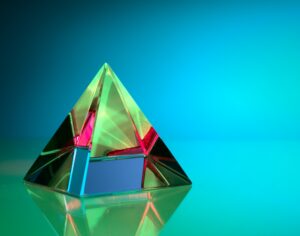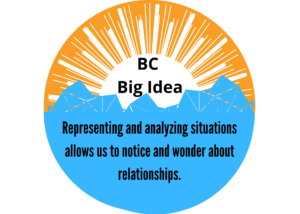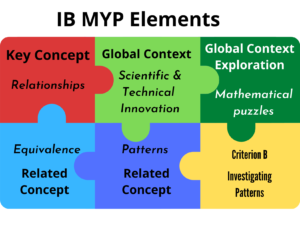(5 minutes reading and 20 minutes for each activity)
 Photo by Michael Dziedzic on Unsplash
Photo by Michael Dziedzic on Unsplash
Many students think they ‘are not good at math’. When they encounter something they don’t know or understand, they stop. Yet most students wouldn’t consider they need to give up reading an article or a book if they encounter a word they don’t know. They keep reading, hoping to understand the word in context (by what is explained in the situation) or that by continuing, they will figure out the meaning. Math is the same, but students need to apply different strategies than continuing in the same single direction of reading on. If you can’t figure out what is happening in math, you might have to:
- estimate a reasonable answer
- look back over your work to see where you may have made a simple computational error
- try a different mathematical operation–there are only 4 to try (addition, subtraction, multiplication or division)
- work backwards from the answer to the question as it is probably only the first step that is new to you
01.04.01 What is the Golden Ratio?
 Photo by Jovica Smileski on Unsplash
Photo by Jovica Smileski on UnsplashThis activity [web page] steps you through an investigation of the Golden Ratio. If the page is not accessible, this is a pdf of the web page. You will need a measuring tape or a long strip of paper that you have glued together or a piece of ribbon or string. Mark on it equal divisions. (As long as the divisions are equal and small, you can measure fairly accurately. We are not looking for inches or centimetres, just equal referents. You could use the width of one of your fingers or the side of your phone to make equal measurement marks.)You will want a sheet of graph paper if you have not printed off the Tracking and Information Booklet. You can download or make a copy of this google doc of even squares. You will also want a compass if you are not completing digitally, though you could just read about this portion of the activity instead of doing it.
01.04.02 How do I convert decimals to fractions?

For Teachers:



